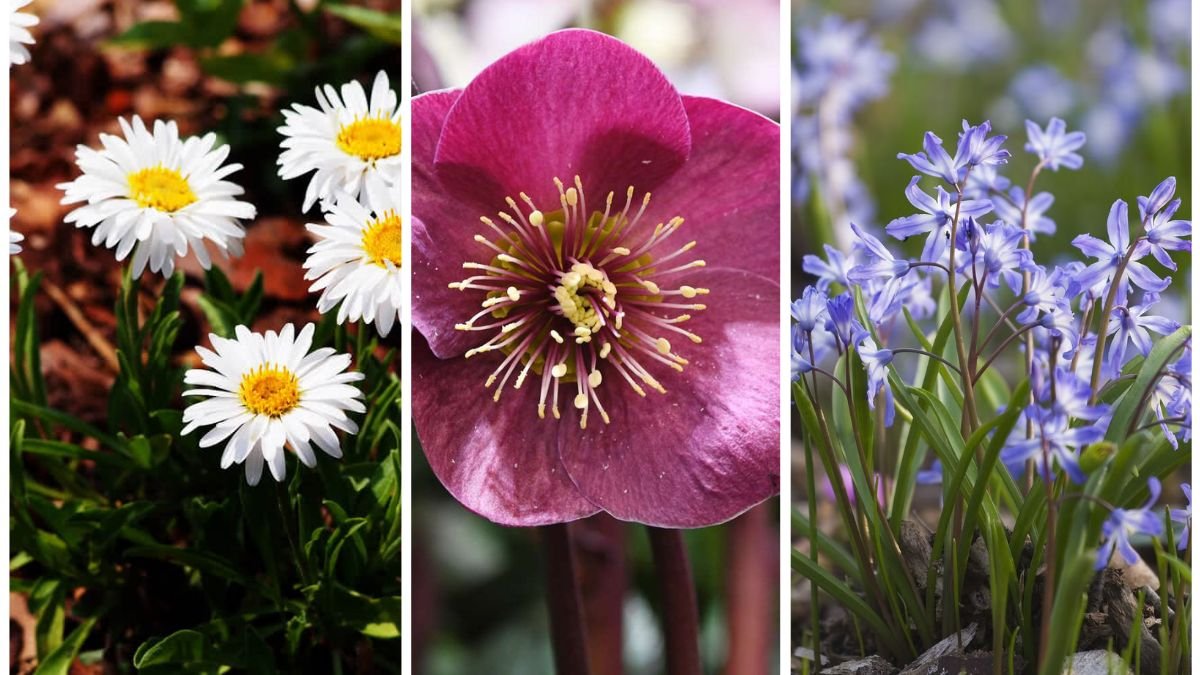As the days shorten and temperatures drop, most gardeners assume their gardens are destined for a dull, lifeless winter. But with careful planning and the right plant choices, your outdoor spaces can stay vibrant, colorful, and full of life even during the coldest months. Winter blooms not only brighten dreary days but also provide a crucial food source for pollinators, boost your mood, and maintain visual interest in your landscape.
If you’re wondering what to plant now for gorgeous winter blooms, this guide will walk you through the best flowers, shrubs, and bulbs to sow or plant for a stunning winter display. We’ll also discuss planting tips, garden design ideas, and care strategies to ensure success even when frost and snow arrive.
Why Winter Blooms Matter
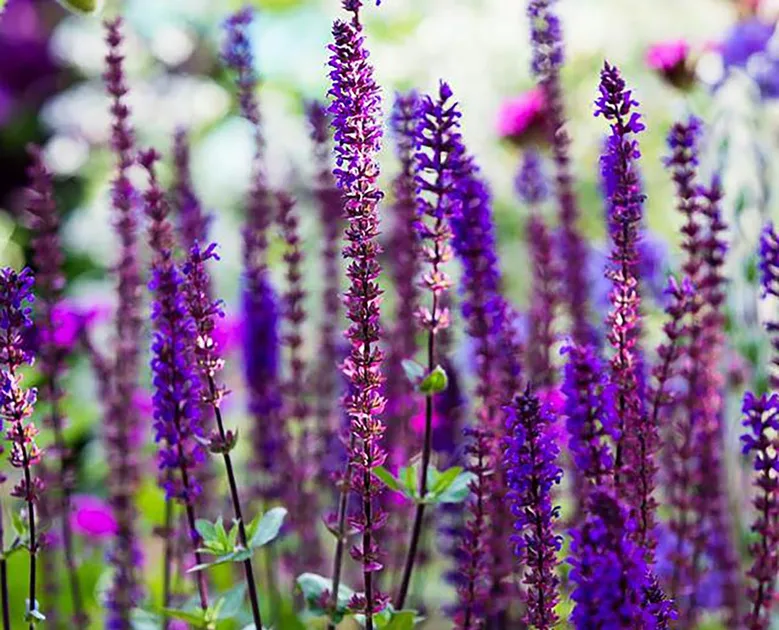
Winter is often overlooked in garden planning, but blooming plants during this season offer several benefits:
- Visual Appeal: Colorful flowers can transform an otherwise gray landscape into a lively winter haven.
- Support for Wildlife: Pollinators, birds, and other beneficial insects rely on nectar and seeds from winter-blooming plants.
- Mental Health Boost: Gardening in winter and seeing vibrant blooms can lift spirits and reduce stress.
- Garden Continuity: Planting for winter ensures your garden has continuous color throughout the year, bridging the gap between fall and spring.
By choosing the right species and planting at the correct time, you can enjoy blooms from late autumn through early spring.
Best Plants to Plant Now for Winter Blooms
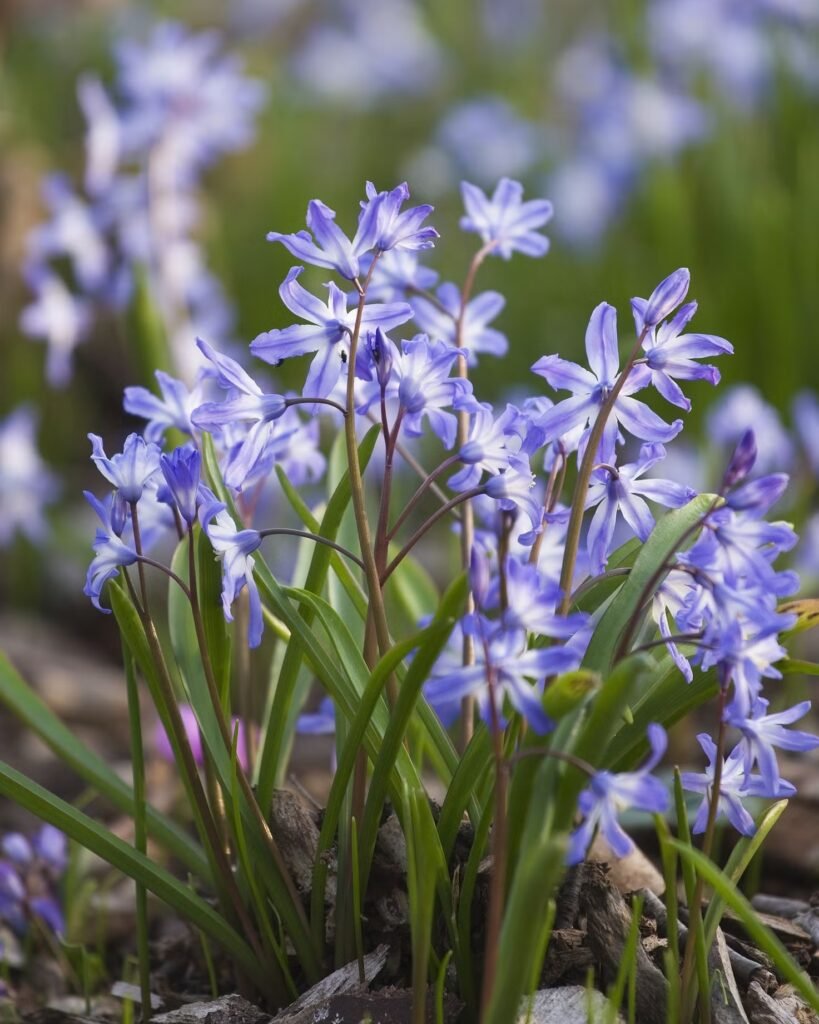
Winter gardens require plants that can withstand frost, cold winds, and shorter daylight hours. Here are top categories and examples:
1. Winter-Flowering Bulbs
Bulbs are the cornerstone of winter color. Planting them now ensures early blooms in late winter or early spring.
- Snowdrops (Galanthus): Delicate white flowers that appear in late winter, often pushing through snow.
- Winter Aconite (Eranthis hyemalis): Bright yellow blooms in January or February, perfect for woodland gardens.
- Crocus: Hardy and low-maintenance, crocus flowers bring purple, yellow, or white pops in late winter.
- Tulips (early varieties): Planting bulbs in fall allows roots to establish before the cold, resulting in strong blooms in early spring.
Planting Tips:
- Plant bulbs at a depth of about two to three times their size.
- Choose well-drained soil to prevent rot during cold, wet winters.
- Water lightly after planting to help bulbs settle.
2. Winter-Flowering Perennials
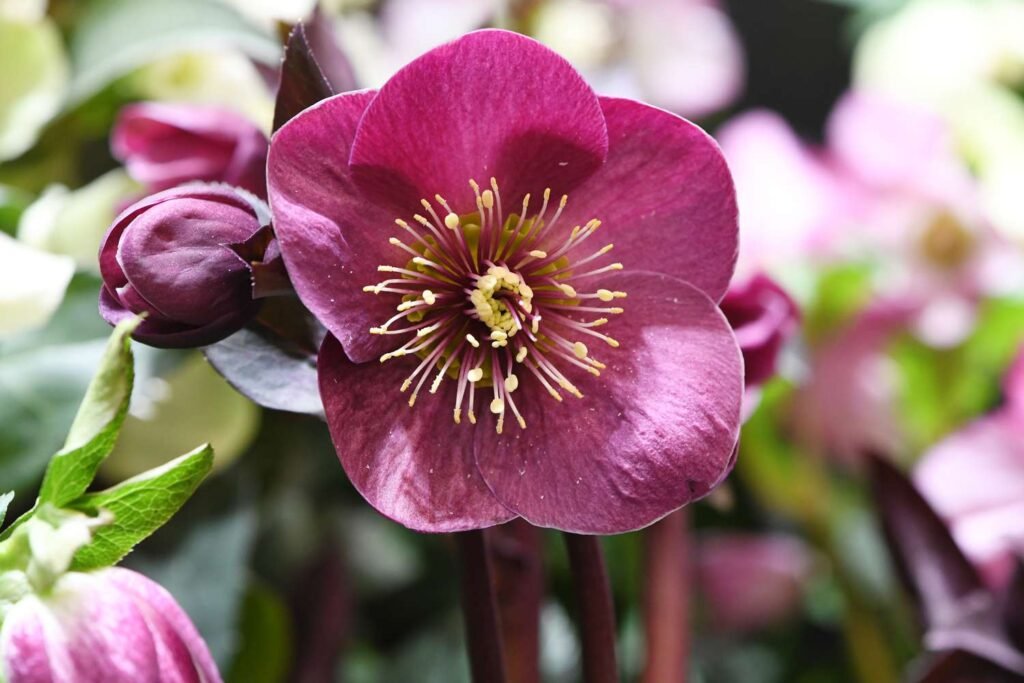
Some perennials thrive in cooler weather and provide vibrant colors when most plants are dormant.
- Hellebores (Christmas Rose or Lenten Rose): Blooms from December through March in shades of white, pink, and deep purple.
- Heathers (Calluna vulgaris): Low-growing shrubs with long-lasting purple, pink, or white flowers.
- Winter Jasmine (Jasminum nudiflorum): Bright yellow blooms on arching stems, providing early-season cheer.
- Pansies (Viola × wittrockiana): Hardy and colorful, available in almost every hue, often flowering through frost.
Planting Tips:
- Choose sheltered locations to protect perennials from harsh winds.
- Enrich the soil with compost before planting for better root establishment.
- Water well until established, even during cool months.
3. Shrubs and Small Trees With Winter Interest
Some woody plants provide both blooms and structural beauty in winter.
- Camellias: Bloom in winter and early spring with stunning pink, red, or white flowers.
- Witch Hazel (Hamamelis): Unique spidery flowers in yellow, orange, or red from late autumn to early spring.
- Mahonia (Oregon Grape): Bright yellow flowers and evergreen foliage attract pollinators.
- Winterberry Holly (Ilex verticillata): Not a flower, but bright red berries provide color and interest.
Planting Tips:
- Plant shrubs in well-draining soil and a sunny or partially shaded spot.
- Mulch around roots to protect from frost.
- Water thoroughly after planting.
4. Container Plants for Winter Blooms
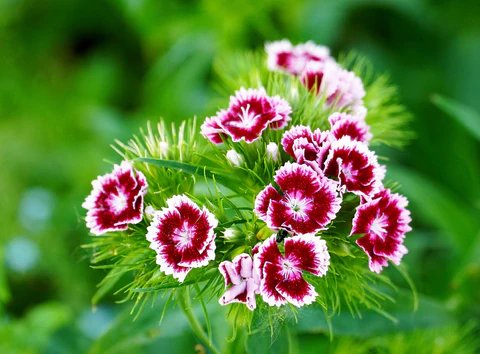
If your garden soil is frozen or space is limited, containers allow you to bring winter color to patios, entrances, or balconies.
- Cyclamen: Vibrant pink, red, or white flowers thrive in cool temperatures.
- Primroses (Primula): Early bloomers, great for sunny spots or sheltered patios.
- Violas: Hardy, colorful, and compact, perfect for small spaces.
Container Tips:
- Use frost-resistant pots to prevent cracking.
- Ensure good drainage and use high-quality potting mix.
- Group containers together for extra protection from wind and cold.
Planting Tips for Winter Success
1. Choose the Right Location
- Winter blooms need sunlight even in short days. Pick spots with at least 4–6 hours of sun if possible.
- Sheltered locations reduce exposure to cold winds that can damage flowers.
2. Prepare Soil Properly
- Improve soil structure with compost or organic matter to help retain moisture and nutrients.
- Avoid heavy clay that can become waterlogged in winter.
3. Mulch for Protection
- Apply 2–4 inches of mulch around plants to protect roots from freeze-thaw cycles.
- Mulch also retains moisture and suppresses winter weeds.
4. Water Strategically
- Even dormant or slow-growing plants need moisture.
- Water during dry spells when soil isn’t frozen to keep roots healthy.
5. Consider Companion Planting
- Mix plants with different bloom times to ensure continuous color.
- Pair perennials with shrubs, or bulbs with evergreen ground covers, to create layered interest.
Designing a Winter Bloom Garden
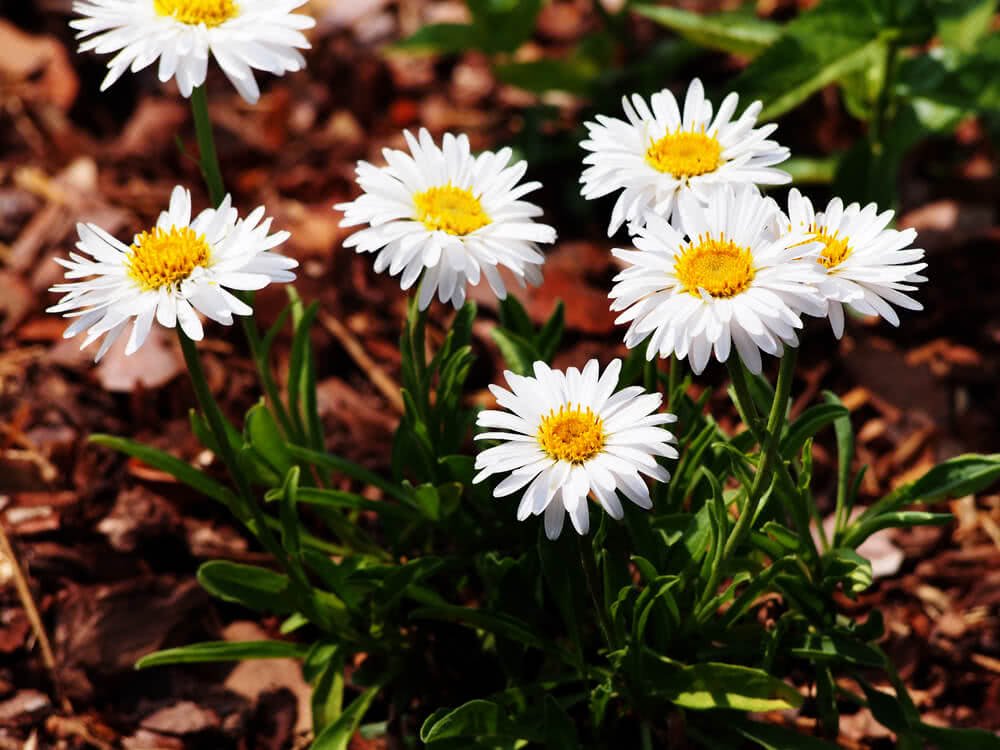
A successful winter garden isn’t just about planting individual species—it’s about designing for impact:
- Color Coordination:
- Combine complementary colors like yellow winter jasmine with purple pansies.
- Use reds and pinks to draw attention to focal points.
- Layering and Height:
- Place taller shrubs and small trees at the back, mid-height perennials in the middle, and low-growing bulbs in front.
- This creates depth and visual interest even in the absence of summer foliage.
- Texture and Form:
- Mix spiky, rounded, and cascading plant forms for a dynamic winter display.
- Evergreen foliage contrasts beautifully with bright blooms.
- Season-Long Planning:
- Include plants that bloom at different times from late autumn to early spring.
- Rotate container displays to highlight seasonal changes and maintain interest.
Common Mistakes to Avoid
- Planting Too Late: Some bulbs and perennials need a few weeks to establish roots before the cold sets in. Plant as soon as the soil is workable.
- Ignoring Sun Requirements: Winter blooms still need adequate sunlight. Check species-specific requirements before planting.
- Overwatering: Cold, wet soil can rot roots. Water sparingly, only when needed.
- Skipping Mulch: Without mulch, frost heaving can dislodge bulbs and damage perennials.
Benefits Beyond Beauty
Planting for winter blooms isn’t just about aesthetics:
- Supports Pollinators: Early blooms provide nectar when few other food sources exist.
- Encourages Gardening Year-Round: Enjoying a colorful winter garden keeps you engaged and active.
- Prepares Garden for Spring: Winter blooms can improve soil health and structure, giving your garden a head start for spring planting.
Conclusion
Winter doesn’t have to be a gray, lifeless season in the garden. By planting now for gorgeous winter blooms, you can enjoy color, fragrance, and visual interest even in the coldest months. Whether you choose bulbs like snowdrops and crocus, perennials such as hellebores and asters, flowering shrubs like camellias, or container-friendly plants like cyclamen, a thoughtful approach will ensure a vibrant winter landscape.
Proper soil preparation, mulching, watering, and strategic placement all contribute to your garden’s success. Layering color, texture, and height will keep your winter garden captivating from late autumn into early spring.
So, grab your trowel and start planting! With careful planning and the right plant choices, your garden can remain alive with gorgeous blooms, providing joy, color, and life throughout the winter months.
